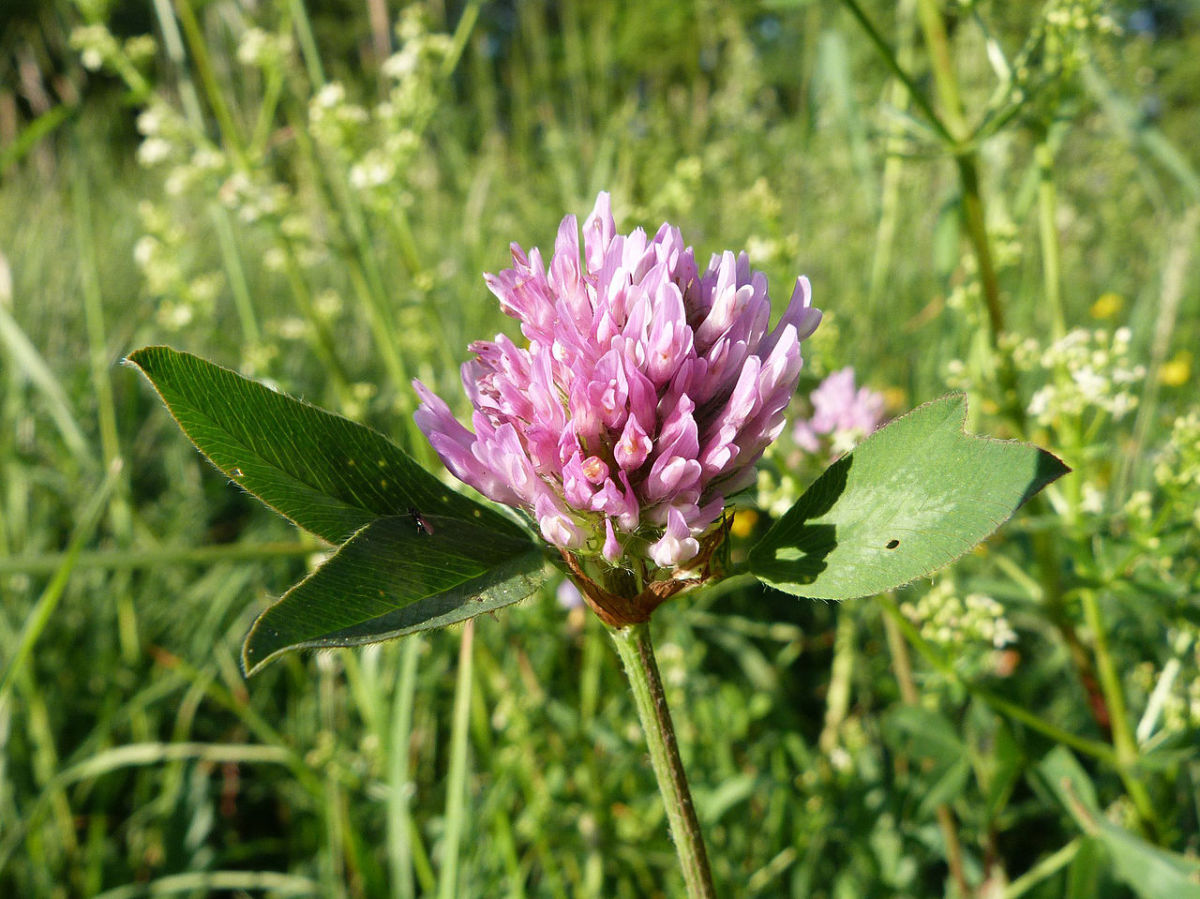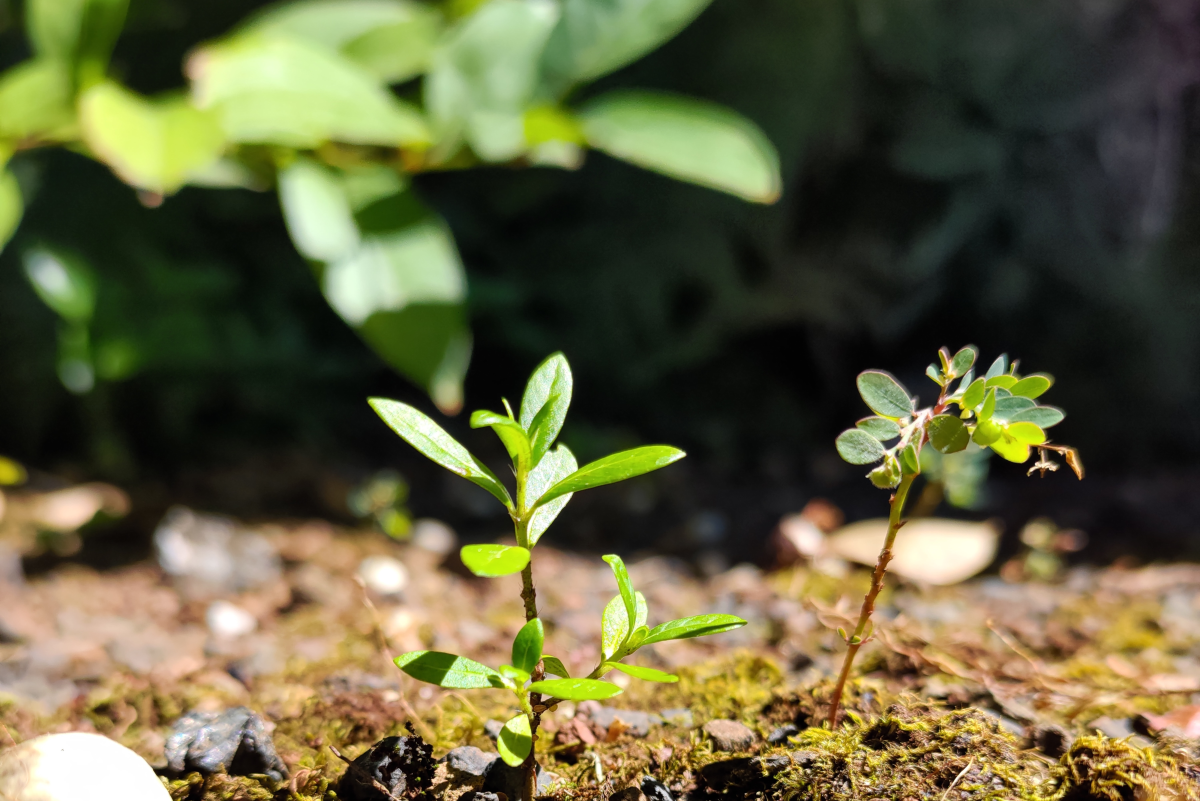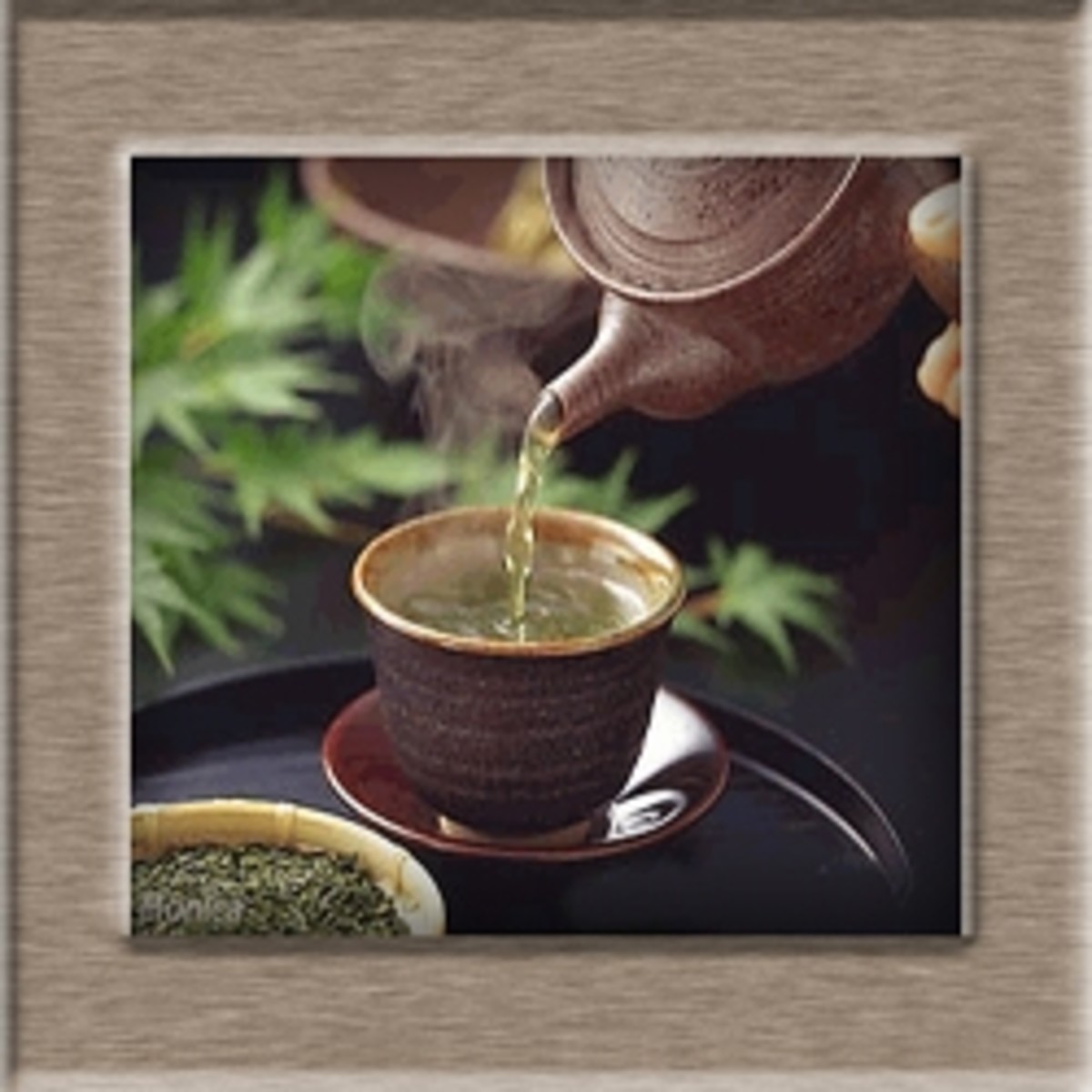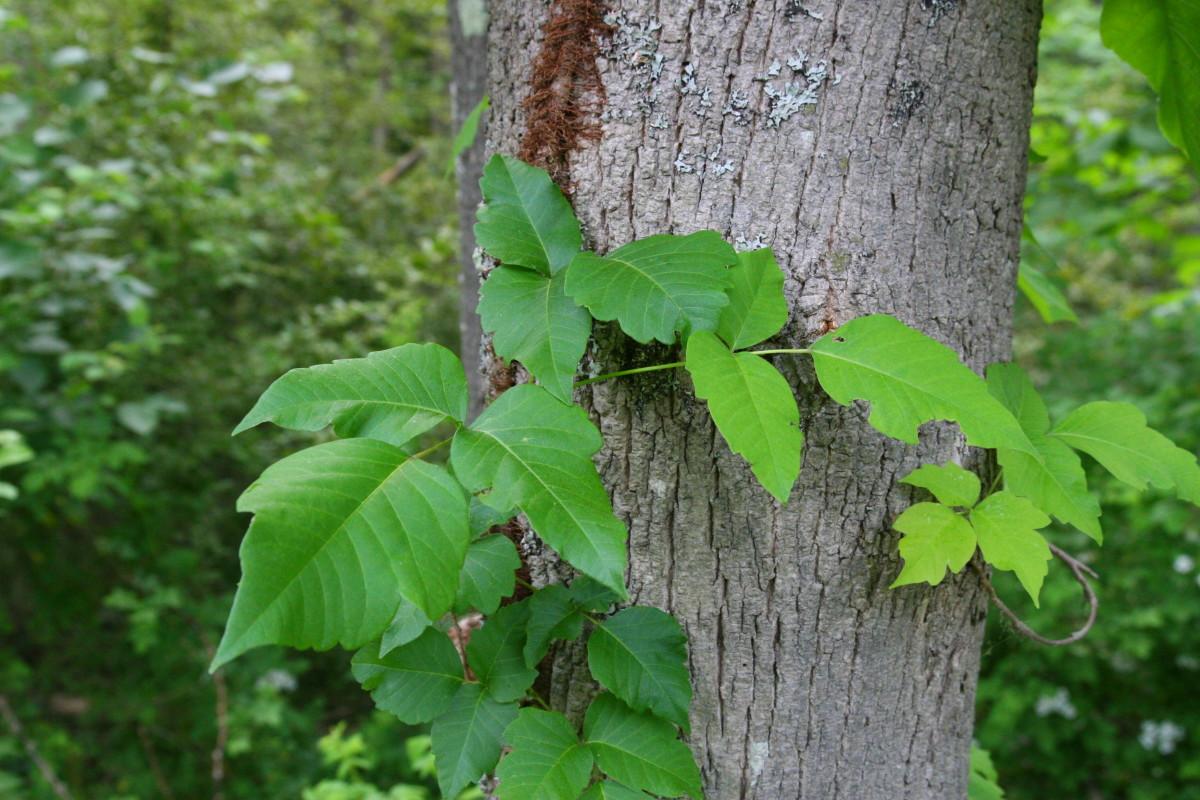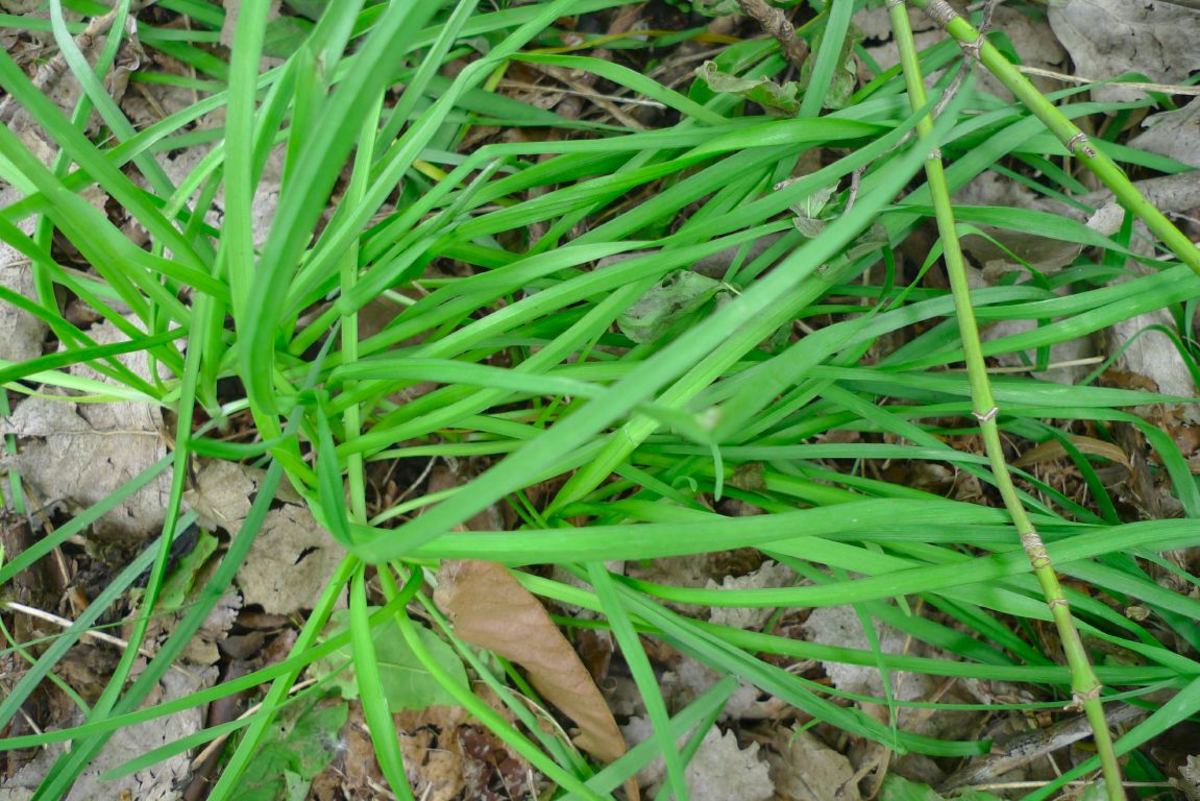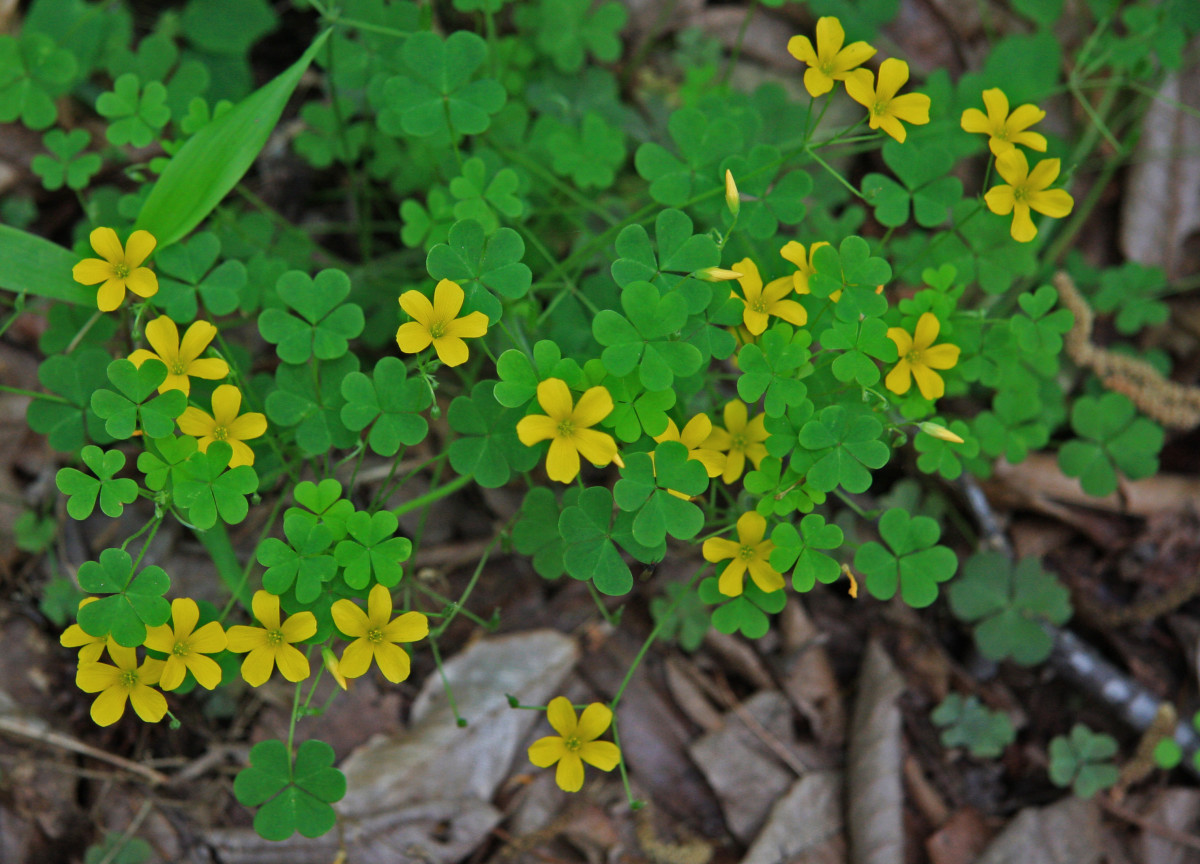Making Tea From Wild Plants
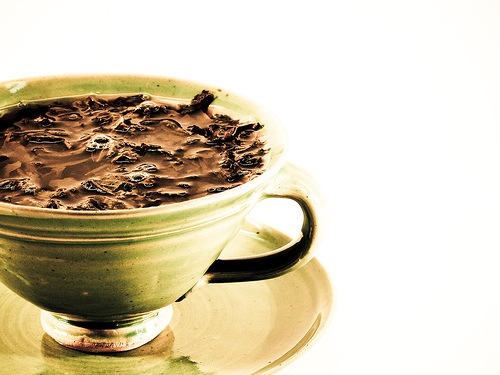
Tea is one of the oldest beveragres in human history, yet what many people know of tea tems from the boxes of packets on the supermarket shelves. The fact isthat tea can be made from a great number of wild plants in both loose form and in indivivual servings. The culinary and medicinal benefits of teas are far recahing, and can aid in allieviating many medical conditions.
When harvesting plants for anyreason it is best to have a reliable guide, which will ehlp to prevent any mis identifications. It is also advisable not to harvest beyond your means, and take only what you are sure you can identify. Thay being said, many of the teas in this article incorporate very basic, and common plants which should be easy to identify. Despite their commonness, such plants still provide a great arry of medicinal and aestheic benefits.
Drying and Preserving Teas
One of the more difficult areas involved with making teas is that of processing and storing the tea from fresh wild plants. Tea can be made from both the leaves fresh plants, and their flowers. Yet as most teas, especially medical varieties are often only consumed in moderation, it is essential for long term use and enjoyment and to accommodate for seasonal availability to keep tea around in dried form.
The process of drying plants for tea is relatively uncomplicated and there are several methods you can use to dry harvested plants. The key to drying is to expose the items to air while keeping them from anything that might contaminate them . You can use heat, sunlight is a great heat source, but remember to keep your tea ingredients in an area that is dry and will not create a chance for mold to grow. Once dried, homemade teas can be stored as you would any store bought tea. For long term storage, you can place tea in plastic bags and store in the freezer.
- One method is to hand plants, whole or partial upside down in a warm dry area. This method is effective, but can a long time and you may find that some plants will rot or mold before they dry. This is not a method that most people use when drying flowers or leaves for teas, but it can be effective if you run out of space for other methods.
- If harvesting blossoms or leaves they can be placed in mesh hanging baskets, which often come in a three tiered set. When placing items in a hanging basket be sure that you use a single layer, don't pile or stack your flowers or leaves and this will trap moisture in between them. I find these baskets particularly effective when coupled with a fan to circulate air in a dry room.
- Using an oven is an effective way to dry many components, just be sure to use extremely low heat. Setting an oven to 170 to 180 degrees will dry many components in around 7 or 8 hours. This is an easy fast way to dry items but it also is not exactly cost effective as running an oven can really increase heating or electric bills.
- Using a food dehydrators is the best option if you can spare a few dollars to purchase one. They are great for other food uses such as drying fruit and are very inexpensive to run. A dehydrator will make easy work out of drying items and allow you to have a minimal obligation to the drying process.
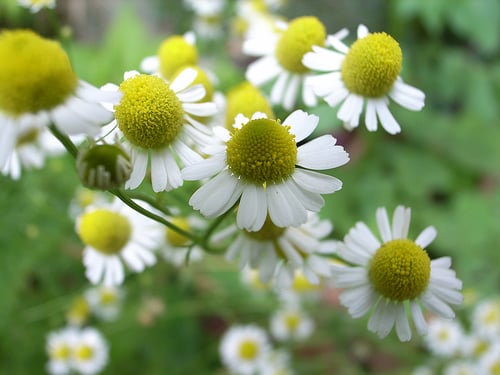
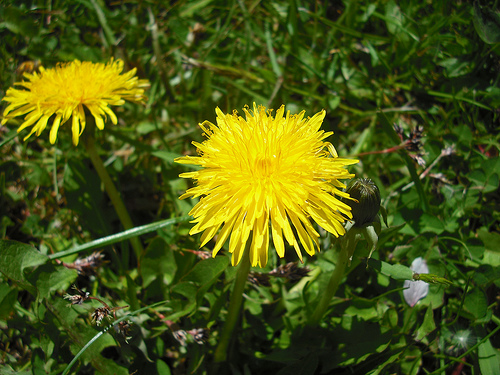
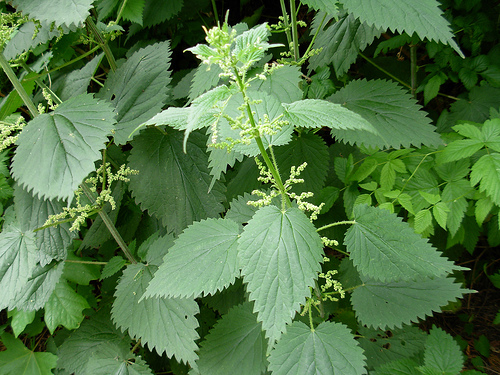
Some Common Plants for Making Tea
Below is a list of common plants that can be used to make great tasting teas. These are all easily identifiable plants that are great for a beginng wildcrafting enthusiast or a great reference for the season collector.
- Chicory - Makes a bitter well known tea from drying the roots and blossoms
- Chamomile- Makes a sweet, herbal tea from the blossoms and leaves, great for sleep deprivation, and promoting relaxation.
- Sassafras - Makes a tangy citrusy tea from the leaves that is great to energize your body
- Red Clover -You can make a tea from the blossoms of red clover that promotes general health; however it should be used sparingly as there are compounds which can act as a natural blood thinner if consumed regularly and should be avoided by women who are pregnant
- Sumac - Red sumac flower clusters can be used fresh or dried to make a refreshing ruby colored tea that has a great deal of citrus to the flavor.
- Passionflower - Will make a nice mellow sweet tea from the flowers and leaves of the plant that will help alleviate insomnia and restlessness. It will help with anxiety and sooth sore throats
- Bee balm - bee balm leaves will make a mild 'minty' tea that is great with honey to sooth cold and flu symptoms
- Nettles - Singing nettles will create an earthy tea that is said to have positive effects for arthritis and muscle aches
- Mints - Peppermint, spearmint, and apple mint will all create a refreshing addition to any tea.
- Strawberry and Blueberry - The leaves of strawberry and blueberry plants will help sweeten any tea blend.
- Dandelion - Just as the blossoms can be used to make wine, dandelion makes a great tea, but make sure to use young blossoms to avoid a lot of bitterness.
- Eastern Hemlock - Using fresh needles makes a great tasting aromatic tea that many outdoor enthusiasts have come to love during backpacking trips
- Balsam Fir - The needs make relaxing tea, one that is said to have medicinal properties that relieve constipation and upset stomach
- Douglass Fir - The new growth of needles, the very end of the branches can be made into a tea
- Sagebrush - The leaves of sagebrush can be used in teas and will impart an earthy flavor
- Elderberry - The flowers and ripe berries (do not use unripe berries, leaves or bark from this plant) can be made into a sweet tea that is great for summer.
When making teas about 2 tablespoons of dried herbs for each 8 ounce serving. When constructing your teas play with adding other common herbs such as rosemary and thyme, or flavorings such as orange peel, lemon peel, anise, or even add regular loose tea leaves to create more traditional flavored teas.
When brewing tea is also important to note that you should not use boiling water, but water that is just below boil. This will prevent the breakdown of many components in plants that are medicinally helpful. Boiling also creates a more bitter tea and with some plants such as chicory can really increase the bitterness of the tea to the point where it is unpalatable.
Remember to harvest carefully, and not to use anything you are unsure of. There are dozens of other plants that can create medicinal and great tasting teas, so be sure to purchase a guide to expand your knowledge and enjoyment of wild crafting.


